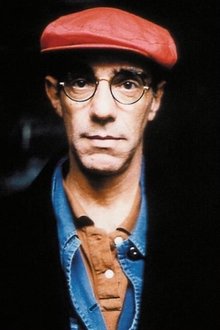One day in the life of a 50-year-old couple. Blind Krzysztof goes skiing with Wiola, who is his wife and guide. They prepare for skiing in the early morning. Krzysztof mounts bluetooth kits on the helmets that will connect them to each other. They go to the top of the mountain in a chair lift, and the higher they go, the more we learn about their life. At the same time, weather conditions are changing, thickening mist falls on the mountain slopes. When Wiola and Krzysztof finally reach the summit, they must find each other and connect in the surrounding fog. A short documentary about love and passion.
Related Movies
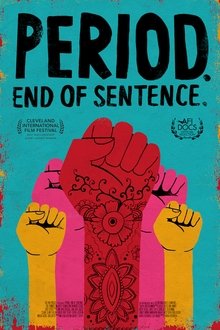
Period. End of Sentence. (2018)
In an effort to improve feminine hygiene, a machine that creates low-cost biodegradable sanitary pads is installed in a rural village in Northern India. Using the machine, a group of local women is employed to produce and sell pads, offering them newfound independence and helping to destigmatize menstruation for all.
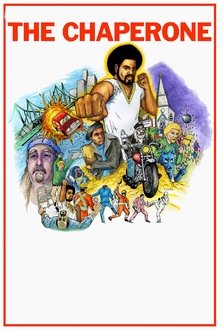
The Chaperone (2013)
The Chaperone tells the true, previously untold story of a lone school teacher who fought off an entire motorcycle gang while chaperoning a middle school dance in a church basement in 1970s Montreal, Canada. Told from the first person unscripted perspective of the school teacher and DJ who were there that night, The Chaperone recreates the whole scene using hand drawn animation, miniature sets, puppets, live action Kung Fu and explosions all done in stereoscopic 3D. With over 10,000 hand drawings (many of which were colored in crayon by hand), an original blaxploitation score and featuring a cast of over 200 people, The Chaperone is an unconventional approach to documentary shorts.

Urban (2019)
Urban is a short documentary on the importance of dance in shaping the identity of five young adolescent girls. In the Susp3ctz dance crew, they learn the basics of hip hop, house, krump, in order to learn to freestyle and reveal their own identity.
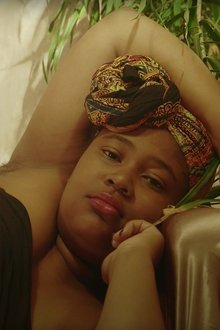
Tell Me All About My Body (2020)
Short documentary on Naila Rabel and her relationship with her body as she grew up having to navigate the stigma that fat people experience in our society.

Rated X (2020)
Rated X, a short documentary about the adult industry, focuses on giving a voice to the porn actresses working within it. In a perspective of showing how these women empower themselves with their job, Rated X shows the porn industry like never before.

The Condition of Dogs (2001)
Shows a market where puppies are bought and sold. Several puppies are placed in a cloth bag, and they struggle to break free. One bites through the bag, pokes his head, and is observed in his triumph and then confusion.
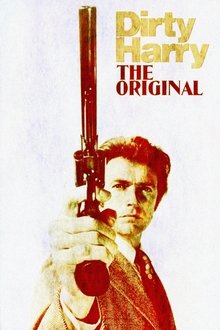
Dirty Harry: The Original (2001)
A retrospective look at the five Dirty Harry films (1971-88), starring Clint Eastwood.
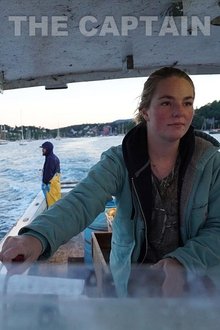
The Captain (2022)
Of Maine’s more than 5000 commercial lobstermen only 4% are female. The Captain celebrates that fearless minority through the lens of Sadie Samuels. At 27 years old, she is the youngest and only female lobster boat captain in the Rockport, Maine harbor. Despite the long hours and manual labor of hauling traps, Samuels is in love — obsessed even — with what she calls the most beautiful, magical place on the planet. Her love for lobster fishing was imparted early in her childhood by her dad Matt, who has been her mentor and inspiration since she was a little girl in yellow fishing boots.
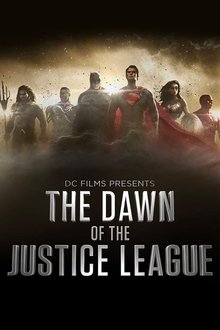
DC Films Presents Dawn of the Justice League (2016)
A documentary special taking a look at the upcoming films making up the DC Universe. Kevin Smith hosts with Geoff Johns, as they take a look at Batman vs Superman: Dawn of Justice, Suicide Squad, the upcoming Wonder Woman and Justice League movies.
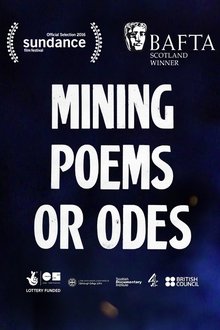
Mining Poems or Odes (2015)
Robert, an ex-shipyard welder from Govan in Glasgow, reflects on how his experiences have influenced his compulsion to write.
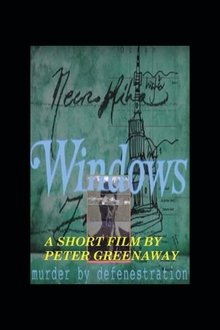
Windows (1974)
A sort of documentary on the people known to have fallen out of windows in a certain time frame in a certain geographical location. One of Greenaway's early short films.
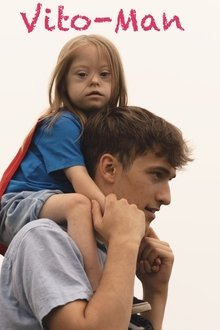
Vito-Man (2024)
Vito is a sweet little boy with Down syndrome, and this short documentary puts his energetic, jolly personality on full display as he interacts with his loving family. By showing Vito’s dignity and inherent value, Vito-Man tackles the difficult conversation that is the eradication of people with Down syndrome, proving that an extra chromosome should not be a death sentence.
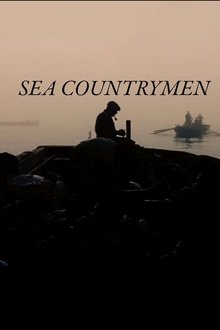
Sea Countrymen (1955)
Sicily, Granitola, 1955. At the first light of dawn, the fishermen set out in their boats for open water, timing the rhythm of their oars to murmured chants. They set their nets in the sea, regulate the cords, organize the boats in a square. The men’s work becomes increasingly harder as the tuna are hoisted onto the boats, wriggling, beating their tails until death arrives and the water is tinged with blood.
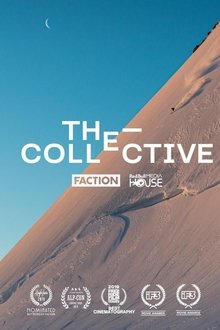
The Collective (2019)
Adventuring to undiscovered peaks together, plotting midnight-raids on inner-city handrails, lapping your home run until that last ray of sunshine disappears behind a distant ridge - Skiing is Collective. Some call it a tribe mentality, others call it a shared sense of purpose. This film is our definition, written by a diverse team, each with their own ideas, their own forms of expression. "The Collective" is more than a sum of its parts. No matter who you are or where you come from - it feels good to be part of something special.
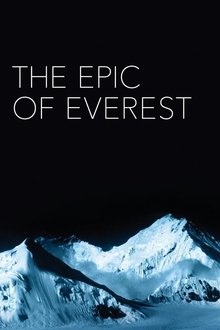
The Epic of Everest (1924)
The official record of Mallory and Irvine's 1924 expedition. When George Mallory and Sandy Irvine attempted to reach the summit of Everest in 1924 they came closer than any previous attempt. Inspired by the work of Herbert Ponting (The Great White Silence) Captain Noel filmed in the harshest of conditions, with specially adapted equipment, to capture the drama of the fateful expedition.

Let's Ask Nostradamus (1953)
Nostradamus writes a letter to his young son, and his prophecies are compared to events of the French Revolution.

Data for Decision (1968)
Portrait of the early era of computing which examines the workings of a new and mysterious machine: the Canada Land Inventory Geo-information System. This "instant library" was created to help assess and document the geographical landscape, including sampling and analysis of soil, forestry, timber, wildlife, resources, industrial sites, and many other aspects.
